1. Tips for assisting a difficult birth
The year’s most popular online article came courtesy of Aaron Berger from the University of Nebraska – Lincoln, outlining suggestions to help producers assist with a difficult birth among their cows.
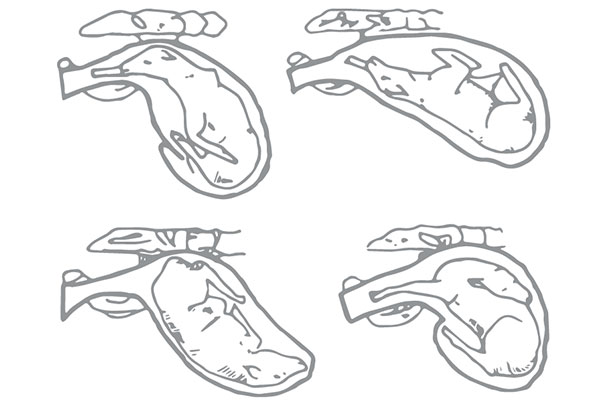
Abnormal positions of the calf just prior to delivery.
For the cow-calf producer who wonders how and when to step in and assist a difficult calf delivery, Berger suggests a few steps that highlight how to intervene.
Bottom line, Berger suggests the producer get help if any of the following happen:
- A problem they don’t know how to deal with.
- A problem they understand and know the solution to but are unable to handle.
- A problem they understand, but after 30 minutes of work, they aren’t making progress toward the solution.
Read the story: Tips for assisting a difficult birth.
2. Canadian rancher develops ‘calf-stripping’ as a method to sort pairs
The creative mind of the rancher knows no bounds, as this story in our May issue and enewsletters so clearly illustrates.
Cassidy Woolsey explains a new method from Dylan Biggs, an Alberta, Canada, cow-calf rancher, that sorts cows using a “calf-stripping” movement into pens.
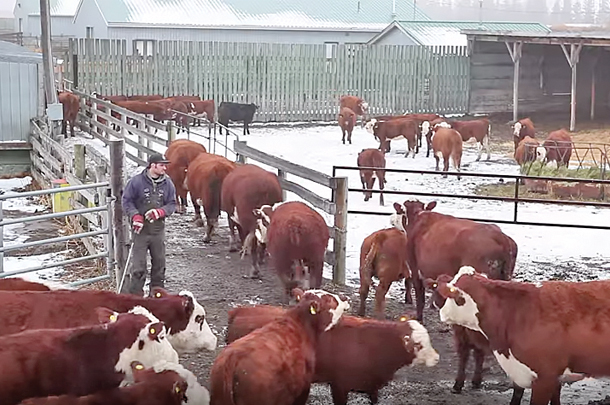
The calf-stripping method, developed in part at the University of Saskatchewan by Joe Stookey, has cut sorting time for pairs down in half.
The article explains fundamental principles that must be followed when stripping calves – primarily allowing for calf exits, using calm movements and using correct positions.
Read the story and see a video showing the method: Canadian rancher develops 'calf-stripping' as a method to sort pairs.
3. First two hours of calf’s life critical to survival
Frank Garry, a veterinarian and instructor at Colorado State University, wants ranchers who prepare for calving season to remember why they’re losing so much sleep. If they don’t act quickly to help compromised calves after they hit the ground, their hard work is in jeopardy along with the calf.
“The transition from living inside the uterus to living on the outside is the single-most major transition of physiological function that an animal will ever make, literally until the time it dies,” Garry said at the Range Beef Cow Symposium in November 2015.
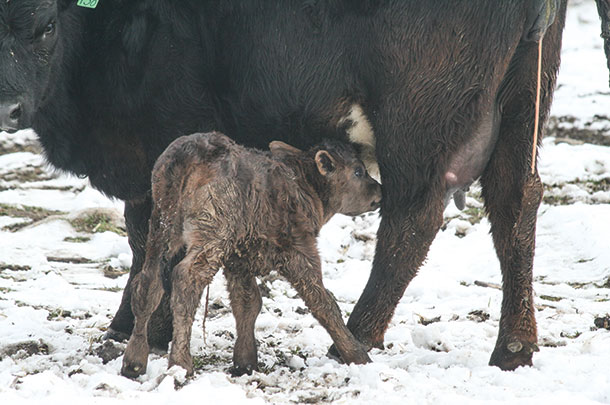
Garry reviewed the lengthy physiological changes to the calf – respiratory, cardiovascular, metabolic and muscular-skeletal – inside of just two hours.
The article provides readers a sound understanding of what to look for to help their calves going into calving season.
Read it here: First two hours of calf's life critical to survival.
4. Southwest Cattle Raisers Association uses technology, experience to protect ranching way of life
With an average of 800 to 1,300 cases a year, cattle rustling and other agriculture-related thefts are no longer a crime of the past.
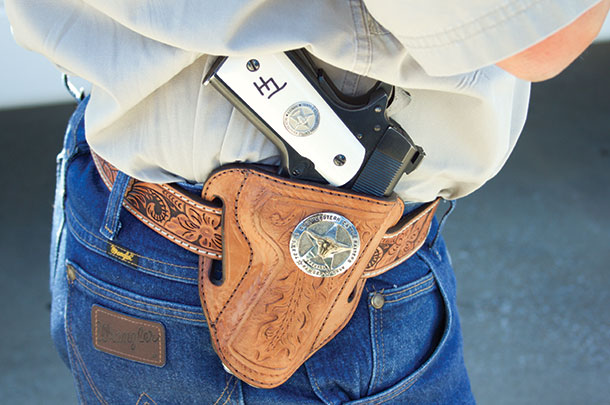
In this article, freelance writer Jamie Hawley follows the Texas and Southwestern Cattle Raisers Association (TSCRA) special rangers as they work “to honor and protect the ranching way of life” by hunting down cattle rustlers and bringing justice to ranchers across Texas and Oklahoma.
Read more about this unique branch of law enforcement and what it takes to track down stolen property here: Southwest Cattle Raisers Association uses technology, experience to protect ranching way of life
Also, be sure to check out a slideshow showcasing the rangers in action by going to: Slideshow: TSCRA special rangers.
5. Inputs are out (when it comes to managing pastures)
“Inputs are out” may sound a little counterproductive, but according to Dave Pratt from Ranch Management Consultants Inc., good pasture management doesn’t come out of a bag or a bottle. It comes from a fence, a trough, a little common sense and a plan.
“A lot of people define insanity as doing the same thing over and over and expecting a different result,” Pratt explains.
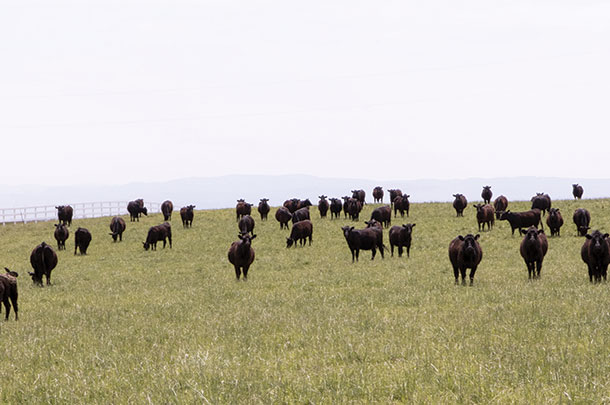
“Whether we spray or seed or spread to mask the symptom of poor pasture health, if we don’t change the management that created the poor health, no amount of spraying, seeding or spreading is going to help.”
Learn more about focusing on what you do want in your pasture, as opposed to what you don’t want here: Inputs are out (when it comes to managing pastures).
6. 10 guiding facts in grazing management, not grazing ‘systems’
Many people think there is something magical about moving animals from paddock to paddock that makes animals perform well and keeps grass healthy. But both faster improvements and more spectacular disasters are possible with more, smaller paddocks per herd.
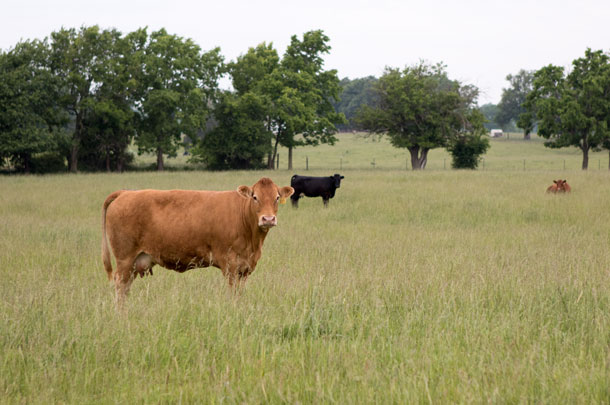
In this article, Tim Steffens of West Texas A&M University reviews the basics of grazing management and what it takes to improve forage and beef production, as well as your bottom line.
Read the story: 10 guiding facts in grazing management, not grazing ‘systems’
7. When and how to check a cow
“Progress every hour. If I don’t see some progress each hour, something is wrong,” says Mark Hilton, a past clinical professor at Purdue University.
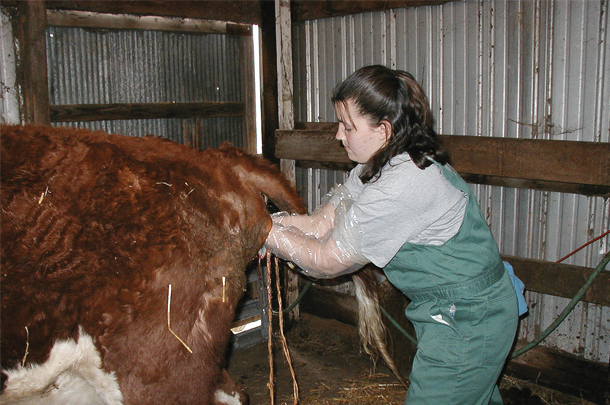
Most cows and heifers progress normally through the stages of labor: Uterine contractions in early labor get the calf aimed toward the birth canal; the cervix dilates, and the calf starts through – but not all the time.
In some instances, the calf doesn’t start into the birth canal, and the cow doesn’t begin hard straining. If you don’t intervene, you’ve lost a calf. So what should you do?
Outlining a few tips from the experts, freelance writer Heather Smith Thomas provides insight on recognizing difficult calvings and knowing how and when to help.
Read it here: When and how to check a cow
8. 4 steps to construct a long-lasting H-brace
Anyone who has built a fence will most likely attest that the corner posts and bracing is the backbone of the fence system. Neglecting to do it right will only diminish the longevity of your project – costing you time and money down the road.
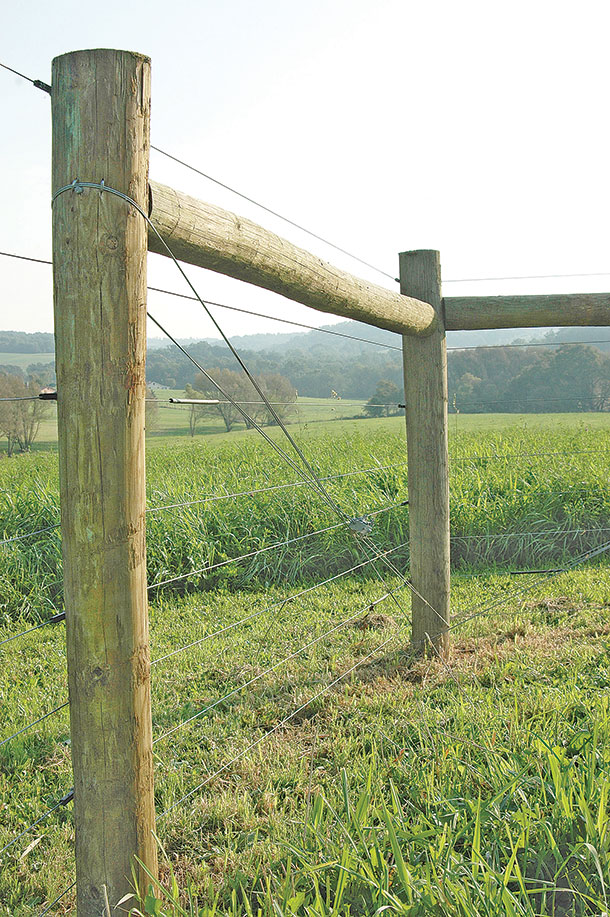
There are several variations of in corner-post design, the most popular and long-lasting being the H-brace corner post or end post. This article focuses on how the H-brace works, steps to build it, materials used and other helpful tips.
Read the story and see the step-by-step illustrations here: 4 steps to construct a long-lasting H-brace
9. Ranch ingenuity: Army truck beats rancher’s battle with winter-feeding
How does a 5-ton military-grade truck fit on a Wyoming range cattle operation? If you ask the cows, it’s a food truck that’s hard to miss.
Bill Kossert and two family members on the ranch, near Casper, decided to save time and money delivering haystacks to various parts of the ranch. And by transforming the old Army truck into a self-loading feed truck, their ingenuity paid off.
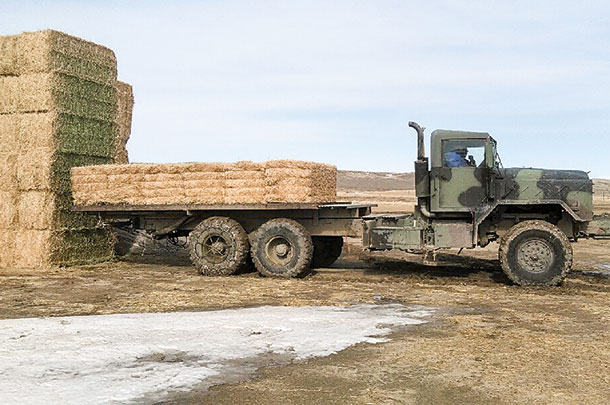
The truck’s bed can be raised entirely into a vertical position, aligning it with a full stack. The bed’s five metal curved teeth then grips the stack to pull onto the lowered trailer bed – for a self-loading truck.
To see video and a story describing it, read it here: Ranch ingenuity: Army truck beats rancher’s battle with winter-feeding
10. Cows vs. heifers: Weighing the investment
Increasing the cow herd takes careful consideration – especially when deciding between heifers and cows.
According to Travis Milacek from Oklahoma State University, cows generally pay off quicker, calve easier and are likely healthier than heifers.
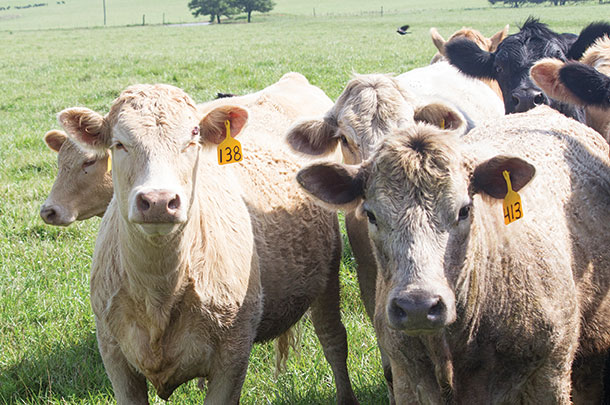
When developing a heifer, he says, “You have to keep more heifers than you’re going to allow to enter the herd because you’re going to cull some heifers. Some heifers won’t get pregnant. Some just aren’t going to turn out to be the cows you thought they were going to be.”
So if you’re contemplating whether to purchase older cows, young cows, heifers or whether or not to develop your own, this article outlines the pros and cons of each.
Read it here: Cows vs. heifers: Weighing the investment ![]()
ILLUSTRATION 1: Abnormal positions of the calf just prior to delivery. Staff illustration.
PHOTO 1: Because calves are typically more fearful than cows, a subtle movement will encourage calves to duck under the railing and into the adjacent pen. Photo provided by the University of Saskatchewan.
PHOTO 2: For the calf to survive in harsh elements, it requires the ability to stand within an hour and the ability to take nourishment within two hours. Staff photo.
PHOTO 3: Special Ranger Toney Hurley’s cattle brand is engraved into the sidearm’s ivory grip along with the TSCRA badge. The .45 naturally rests on his hip as he visits sale barns and investigates cattle thefts in northeast Texas. Photo by Jamie Hawley.
PHOTO 4: Managing for improved health boils down to two big things: Avoid overgrazing and eliminate over-baring. Staff photo.
PHOTO 5: A high density of animals in small paddocks doesn’t always equate to more intense use. Staff photo.
PHOTO 6: Dr. Susie Lutz dilating a heifer’s vagina before pulling the calf. Photo courtesy of Mark Hilton.
PHOTO 7: A well-constructed H-brace will help maintain the longevity of your fence. Photo provided by James Falbo.
PHOTO 8: Since the Kossert family built the self-loading feed truck, they have been able to significantly decrease the amount of time they spend feeding. Photos provided by Bill Kossert.
PHOTO 9: Heifers usually carry a longer payoff for producers, but they will be more of an investment. Staff photo.






